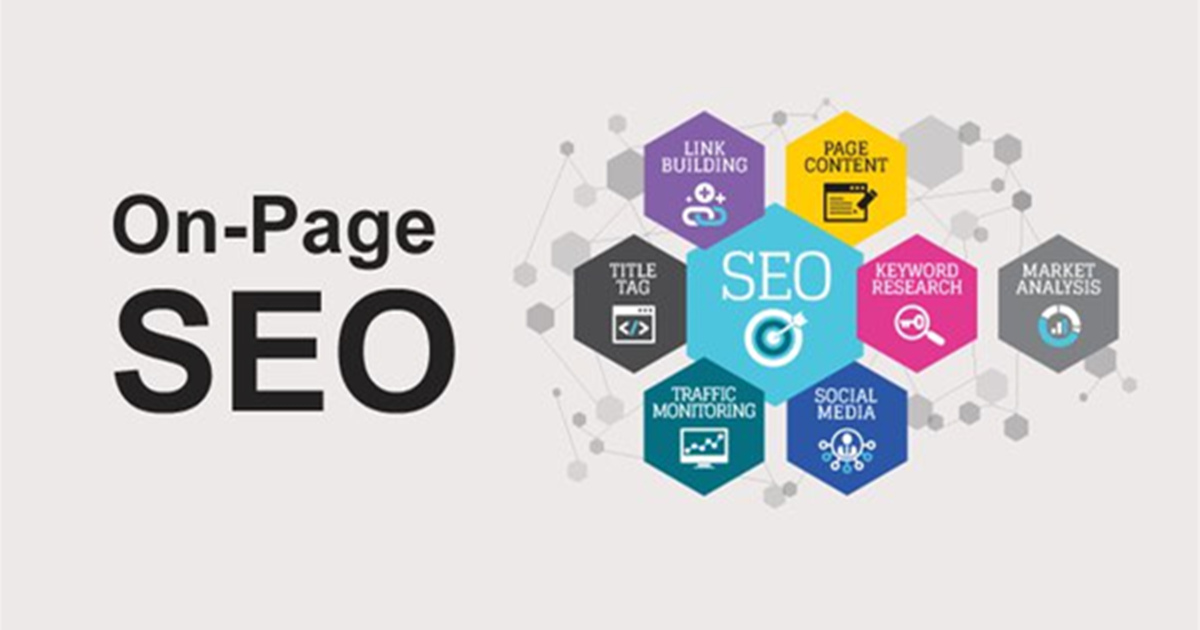what can you do under the purview of on-page optimization to allow the potential clients/visitors to remain anchored to the page and hope that an impulse for purchase kicks in? Let’s check the following 6 factors which can optimize your website’s SEO
Content
The entire perception of the products placed in a website is based on the content. Different forms of content pieces play a different role in elevating the communication of information. For instance, there can be a promotional content piece intimating the users about sales and offers.
Also, the importance of a complete specific product description page cannot be undermined. The basic aim behind creating a product page is to plug in all the information, even the minutest details, so that the users do not navigate away due to lack of information.
Keyword Research
Keyword research is a crucial element that comes real handy for improving the SERPs ranking. Various ways in which keywords help to propel the ranking of a particular page have been studied extensively.
SEO experts have their line of thought as per keyword research and implementation. But the basic remains the same in every single decision where people are told to look for less competitive keywords and rank for them. There is no point in choosing a generic high ranking keyword, as it just reduces the chances of being visible on the first page of the search result.
There are various tools online that can give a comprehensive picture of the chosen keywords. But not all keywords are for the initial landing pages, some important keywords are crafted for blogs to avoid unnecessary keyword stuffing.
Internal Linking
Internal linking is one of the easiest ways to let users seamlessly navigate between pages within the website. This form of on-page optimization is most commonly used in e-commerce websites especially in the product pages. Think of it this way, when you look for a digital watch and visit the product, you might see a link to other similar products.
If internal linking seems to be a lot of fuss, you can opt for Breadcrumbs which serve a similar purpose of smooth navigation across pages. Breadcrumbs give you an idea about the pages that you have covered to land on to the page that you currently are viewing.
Title and Meta Description
It is hard to overlook the importance of meta title along with an intriguing description. These two elements are the first point-of-contact between the platform and the visitors. Having a title that stands amidst a sea of generic industry based monikers is the key here.
On the other hand, it is quite imperative to have a short and compelling description covering the essence of the platform. This allows the visitors to form an image of the nature of the platform that they are about to visit.
FAQs
Now on a website, the responsibility of transmitting information to the users is not limited just to blog creation and product description. The owners must be keen on providing every tiny bit of information about the website through the FAQ section. The end goal is to not divert the users away to other public directories for information.
Along with the FAQs page, it would fare quite well if there is an about page also. The about us page must showcase the human side of the platform story along with the values that members of the company abide by.
User Experience and Navigation
Any SEO specialist would be quite verbose when it comes to maintaining users’ experience factors. The list of tips and tricks to ensure a high user experience might never end. In this effort to provide a better user experience a website audit must be carried to spot any broken links or buttons that do not work and any other such issues.
These issues go unnoticed and then silently hamper the user experience. A prominent way to spot a patchy user experience is to see the bounce rate for that page.

